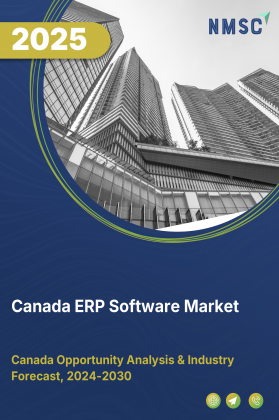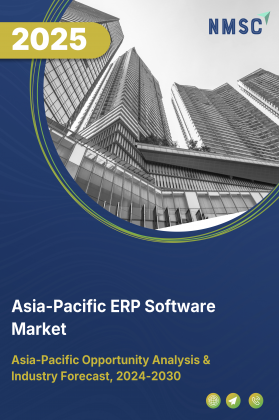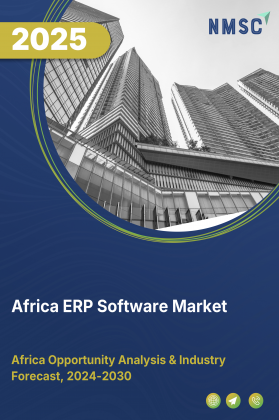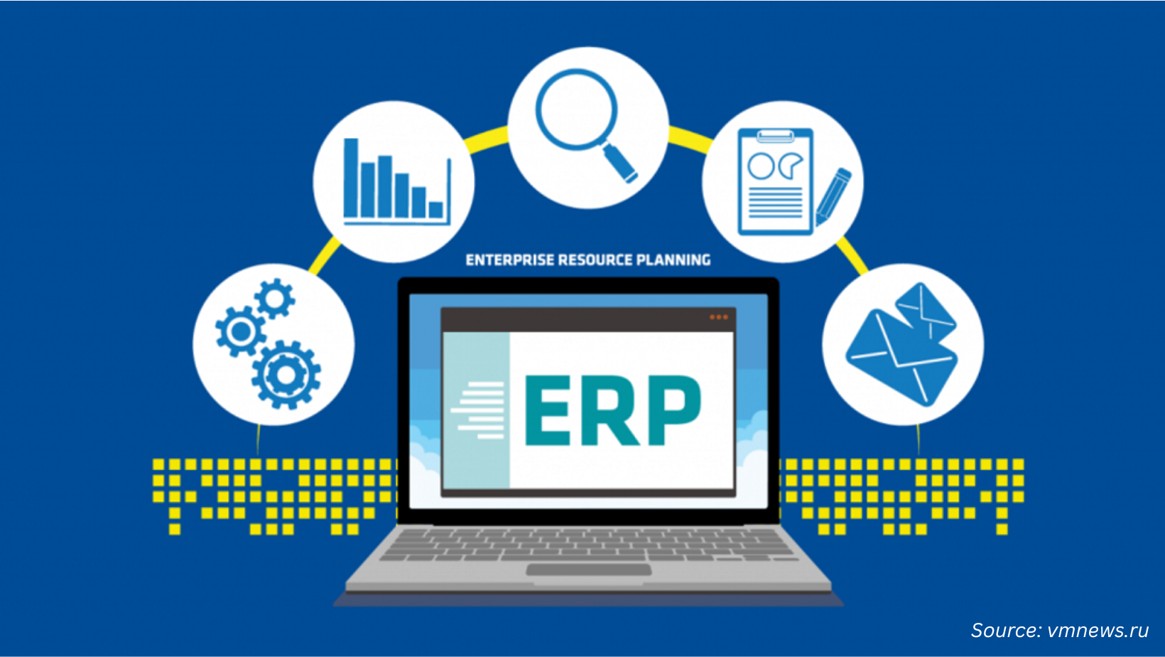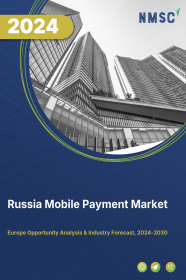
Russia Mobile Payment Market by Payment Channel, (Contactless Card-based (NFC, MST), QR Code-based, Account-to-Account Transfers (A2A), Carrier Billing), by Platform Types, (Web-Embedded, Native App), by Transaction Use-case, (Peer-to-Peer (P2P), Point-of-Sale (P2M), Bill And Recurring Payments, Business-to-Business, Government/tax Remittance), by Payment Location, (Remote Payment, Proximity Payment) – Opportunity Analysis and Industry Forecast, 2024–2030
Industry: ICT & Media | Publish Date: 06-Oct-2025 | No of Pages: 74 | No. of Tables: 112 | No. of Figures: 57 | Format: PDF | Report Code : IC2487
Russia Mobile Payment Market Overview
The Russia Mobile Payment Market size was valued at USD 2.50 billion in 2023, and is predicted to reach USD 4.50 billion by 2030, with a CAGR of 7.6% from 2024 to 2030. The mobile payment system, also known as money transfer, mobile money, m-payments, electronic payments, and digital payments, enables financial transactions through mobile devices such as smartphones, tablets, and wearables.
These transactions occur through mobile apps or various methods such as proximity and remote transactions. Mobile payment systems include various types such as mobile wallets, mobile banking apps, and online payment services such as PayPal, Venmo, and Google Pay.
Utilizing technologies such as SMS, near-field communication (NFC), quick response (QR) codes, and others, these systems ensure smooth transactions while employing robust security measures including encryption and biometric authentication to protect personal and financial data.
Praised for their convenience, speed, security, and integration with other financial tools, mobile payment systems experience widespread adoption. Moreover, users can configure payment apps to automatically settle bills, such as utility or credit card bills, ensuring efficient financial management and preventing late payments.
Surging Use of Domestic Contactless and Qr‑based Payments
Russia has seen a sharp increase in cashless retail transactions, with over four-fifths of consumer payments now conducted electronically. This growth is primarily driven by the widespread use of domestic mobile payment platforms such as Mir Pay and the Faster Payments System (SBP), which support contactless and QR-based payments. The shift accelerated after the exit of international payment providers, prompting a nationwide embrace of local systems. Mobile payment terminals have been deployed extensively, and biometric authentication—enabled by many mobile devices—has gained traction as a secure, user-friendly feature.
Strategic Rollout of the Digital Ruble (CBDC)
The Bank of Russia’s launch and ongoing expansion of the digital ruble represent a transformative force in the mobile payment ecosystem. The digital ruble allows for direct, secure transfers between individuals and businesses using mobile wallets. With pilot testing now complete and integration across banks underway, users are gaining access to CBDC-linked mobile applications that support everyday transactions. This central bank-led initiative enhances financial accessibility, reduces transaction costs, and provides users with a trusted digital payment tool outside traditional banking systems, reinforcing the momentum behind mobile payment growth.
Cross-bank SBP Faster Payments System Induces Nationwide Interoperability
The Faster Payments System (SBP), launched by the Bank of Russia, has established a universal real-time payment infrastructure. It allows users to send money via phone numbers or scan-to-pay QR codes, making mobile payments seamless across participating banks. Regulatory mandates now require all banks to be integrated with the SBP system, ensuring that consumers and businesses can transact without friction. Its adoption has not only enabled instantaneous peer-to-peer transfers but has also become a core payment method for merchants, utilities, and government services.
Government-imposed Internet Restrictions and Platform Access Limitations
In the Russian mobile payment market, one of the key restraints stems from the state’s control over digital communication channels and regulatory restrictions on access to mobile platforms. Over the past year, selective throttling of internet services, restrictions on VPN usage, and tighter scrutiny of digital financial tools have been implemented as part of broader information control measures. These actions, while positioned as security-driven, have led to temporary service disruptions that directly affect the functionality of mobile banking apps and contactless payment systems, particularly those requiring real-time authentication. Furthermore, regulatory pressures on foreign-developed apps and tighter monitoring of digital transactions have caused uncertainty among both users and service providers. This environment introduces operational risk for mobile payment platforms and undermines user confidence, with heightened regulatory oversight or past service blockages.
Expansion of CBDC-enabled Services and Offline Use Cases
As the digital ruble becomes fully operational, new opportunities are emerging for expanding its use across different sectors. Planned developments include offline transaction capabilities, allowing users to send and receive digital rubles without an internet connection. Additionally, the potential to integrate programmable payment features, such as smart contracts for scheduled disbursements or subsidies, opens pathways for innovation in public and private finance. These advancements will support more inclusive access to mobile payment tools, especially in remote areas or in situations where real-time connectivity is limited.
Competitive Landscape
Various market players operating in the Russia mobile payment industry include SberPay, VTB Bank App, Alfa-Bank App, Tinkoff Pay, MTS Bank App, QIWI Wallet, WebMoney, CYBERPLAT, JSC Raiffeisenbank, YooMoney, Paymaster, CloudPayments, PayOnline, Mir Pay, VK Pay, and others. These key players have adopted various strategies to strengthen their market share.
Russia Mobile Payment Market Key Segments
By Payment Channel
-
Contactless Card-based (NFC, MST)
-
QR Code-based
-
Account-to-Account Transfers (A2A)
-
Carrier Billing
By Platform Types
-
Web-Embedded
-
Native App
By Transaction Use-case
-
Peer-to-Peer (P2P)
-
Point-of-Sale (P2M)
-
Bill And Recurring Payments
-
Business-to-Business
-
Government/tax Remittance
By Payment Location
-
Remote Payment
-
Proximity Payment
By Customer Type
-
Retail Consumers
-
Small and Medium Enterprises (SMEs)
-
Large Enterprises
-
Government and Public Sector
Key Players
-
SberPay
-
VTB Bank App
-
Alfa-Bank App
-
Tinkoff Pay
-
MTS Bank App
-
QIWI Wallet
-
WebMoney
-
CYBERPLAT
-
JSC Raiffeisenbank
-
YooMoney
-
Paymaster
-
CloudPayments
-
PayOnline
-
Mir Pay
-
VK Pay
Report Scope and Segmentation
|
Parameters |
Details |
|
Market Size in 2023 |
USD 2.50 Billion |
|
Revenue Forecast in 2030 |
USD 4.50 Billion |
|
Growth Rate |
CAGR of 7.6% from 2024 to 2030 |
|
Analysis Period |
2023–2030 |
|
Base Year Considered |
2023 |
|
Forecast Period |
2024–2030 |
|
Market Size Estimation |
Billion (USD) |
|
Growth Factors |
|
|
Companies Profiled |
15 |
|
Market Share |
Available for 10 companies |
|
Customization Scope |
Free customization (equivalent up to 80 working hours of analysts) after purchase. Addition or alteration to country, regional, and segment scope. |
|
Pricing and Purchase Options |
Avail customized purchase options to meet your exact research needs. |

















 Speak to Our Analyst
Speak to Our Analyst



